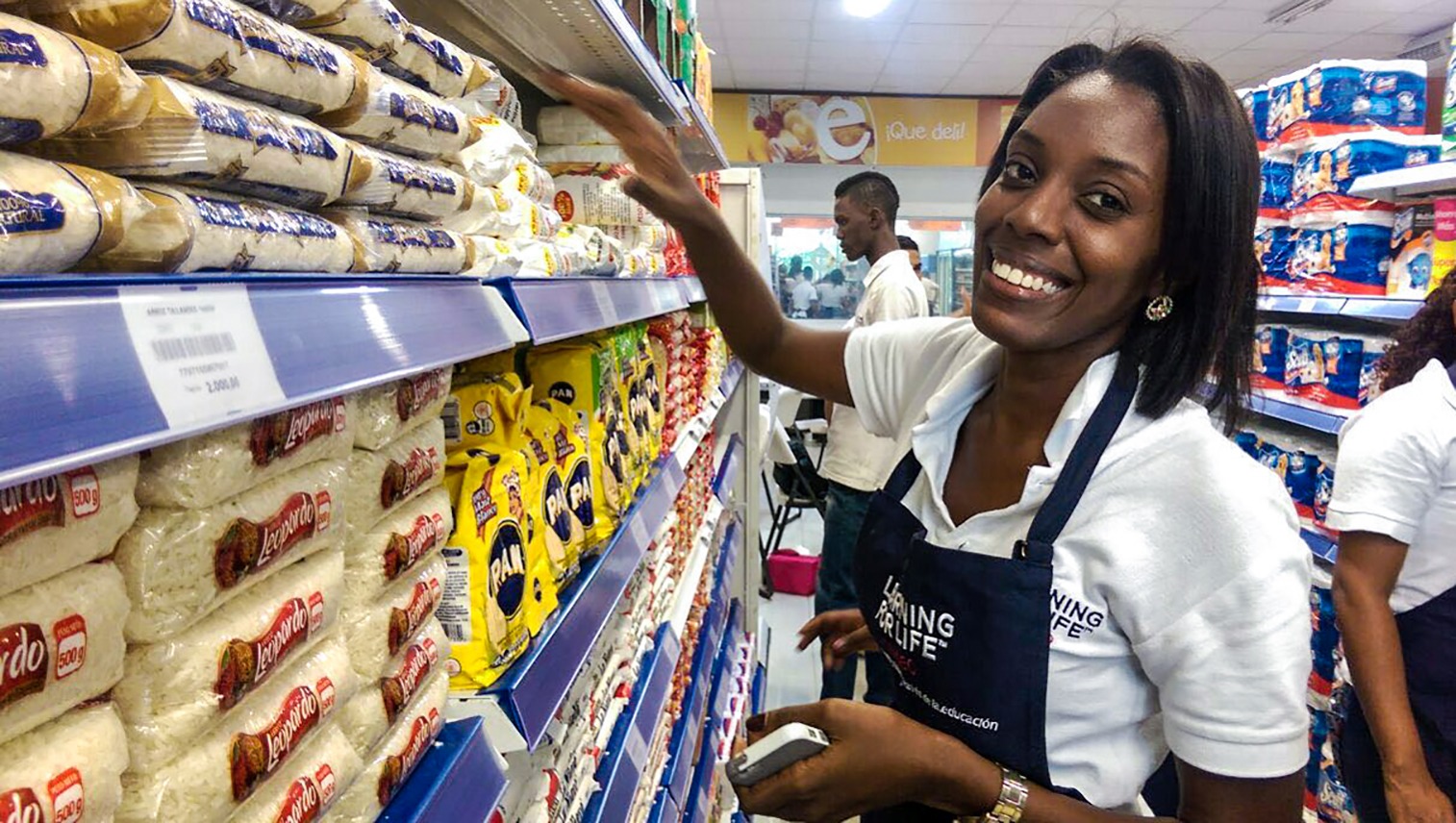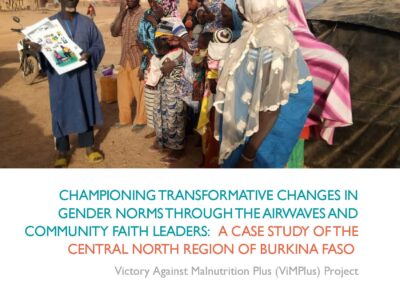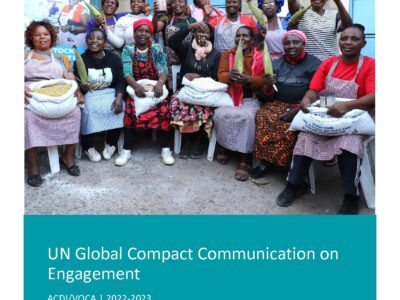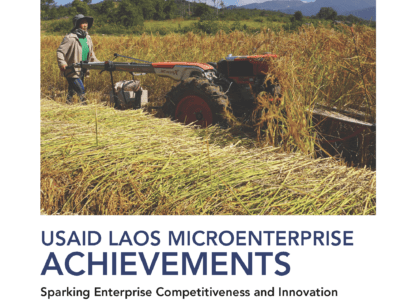
We are at an important juncture in international economic development. Globalization has led to an era of unprecedented interconnectivity of commodity and financial markets. The world’s developing economies are in the midst of significant structural transformations, as agriculture slowly cedes its share of gross domestic product (GDP) to manufacturing and services across every continent. Incomes around the world are rising and the global middle class is growing.
These dynamics have influenced (and have been influenced by) significant changes in where and how we live. Globally, humans became a majority urban species more than 10 years ago. Africa’s share of the world’s urban population is forecast to nearly double by 2050, but this is a slightly outdated distinction: increasingly, city and countryside blur together into a rural-urban continuum with constant migration between the two. Africa’s population continues to grow, leading to the much-discussed youth bulge.
But what do these dynamics mean for economic development practitioners like us who work on these issues daily? Through this paper, we try to provide a brief—and necessarily incomplete—answer to these questions. To expand on practical ways to respond to these trends, this paper will be followed by several case studies of ACDI/VOCA projects successfully leveraging these dynamics to drive inclusive growth and poverty alleviation.








